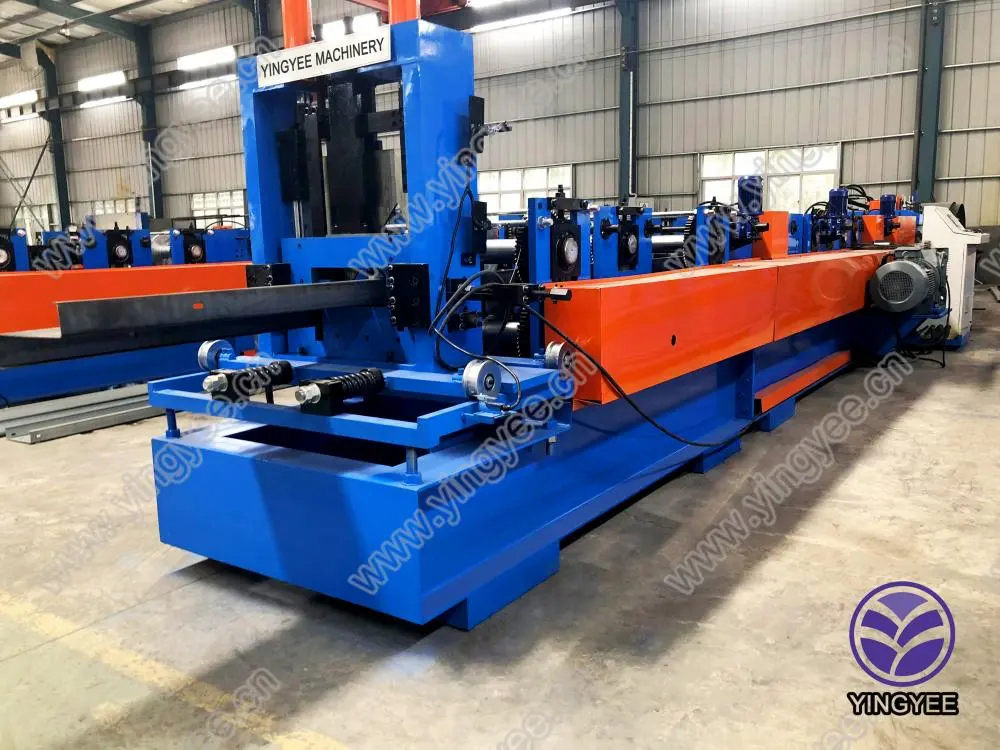
Understanding Cold Bending and Its Pricing Factors
Cold bending, a widely used technique in various industries, involves the deformation of materials at room temperature. This process is essential for shaping metals and has become an integral part of construction, automotive manufacturing, and numerous other sectors. As the demand for customized metal products rises, understanding the pricing dynamics of cold bending becomes increasingly important.
The pricing of cold bending is influenced by several factors, each playing a crucial role in determining the overall cost. One of the primary components is the type of material being bent. Metals such as steel, aluminum, and copper have different properties, which affect their costs and the complexity of the cold bending process. For instance, steel is generally more affordable and readily available, but its hardness may require specialized equipment or techniques, potentially increasing production costs.
Another significant factor is the complexity of the design. Custom shapes and bends demand skilled labor and sophisticated machinery, which can drive up prices. Simple bends are usually less costly than intricate designs that require precise measurements and additional handling. Manufacturers often charge more for designs that necessitate multiple bends or unique configurations, accounting for the increased time and effort involved.

Volume and order size also play critical roles in determining cold bending prices. Bulk orders can lead to significant savings, as manufacturers often provide discounts for larger quantities. Economies of scale come into play, making it cost-effective for businesses to produce large runs of a single product. Conversely, smaller orders may incur higher per-unit costs due to the setup time and minimal production runs.
Additionally, market conditions and supply chain factors can influence cold bending prices. Fluctuations in raw material costs, driven by market demand, geopolitical events, or natural disasters, can have a ripple effect on the pricing structure. Moreover, labor costs vary by region; areas with higher wage standards will naturally see an increase in manufacturing costs, which could be reflected in the final price of cold-bent products.
Another consideration is the technological advancement within the cold bending industry. New and innovative machinery can improve efficiency and reduce waste, leading to lower overall production costs. Companies investing in advanced technologies may pass these savings onto customers, thus affecting pricing structures in the competitive market.
In conclusion, pricing for cold bending is a multifaceted issue that hinges on material types, design complexity, order volume, market conditions, and technological advancements. For businesses looking to invest in cold-bent products, it is essential to consider these factors when negotiating prices and assessing overall costs. By understanding the dynamics of cold bending pricing, companies can make informed decisions that align with their budgetary constraints and project requirements. Whether in construction, manufacturing, or other industries, making well-informed choices can lead to better quality outputs and improved profitability in the long run.